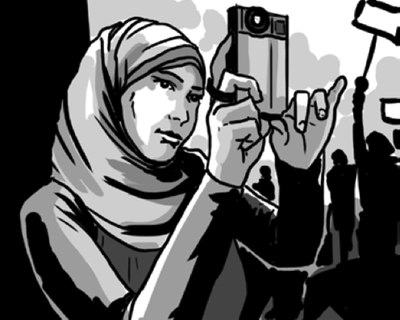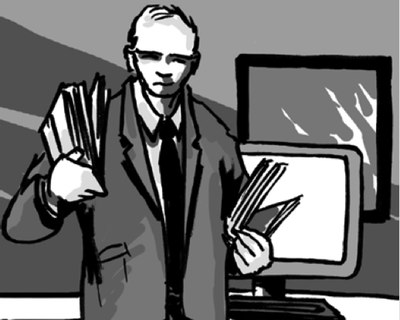Capturing, Storing & Sharing Video Evidence
Video as Evidence Basic Practices
ABOUT
WITNESS’ Video as Evidence Field Guide provides step-by-step guidance and case studies on using video to document human rights abuses for evidentiary purposes.
This section, Basic Practices (PDF), provides principles and guidelines for individuals interested in using video for human rights documentation and legal evidence. The section is divided into four parts covering:
- Part 1: Get Ready to Film
- Part 2: Press “Record”
- Part 3: Safeguard Your Footage, and
- Part 4: Share Your Video.
The goal here is to introduce guidelines and practices which will help ensure that your video can be used to support the process of bringing perpetrators to justice and freeing the wrongly accused.
The Basic Practices section will be particularly helpful to those who:
- Find themselves in a situation where they can and choose to record human rights violations as they happen, or in their immediate aftermath; and
- Want to share limited amounts of footage with investigators and lawyers who could use it in an investigation.
From the Basic Practices Introduction:
Video captured by eyewitnesses and on-the-ground human rights activists can be instrumental in drawing attention to human rights violations and support calls for policy change. But videographers often want their footage to do more. They hope that footage exposing abuse can help bring about justice in courts of law. And it can.
In many situations, eyewitnesses and on-the-ground human rights activists are better positioned to collect evidence of human rights abuse than professional investigators. This is because investigators often arrive after-the-fact when the violence has stopped and the evidence has deteriorated or is gone.
However, while citizen video often provides useful clues about what took place and who might be responsible, the quality seldom passes the higher bar needed to be used as evidence in a court of law. The good news is this: with slight modifications, the footage citizens and activists often risk their lives to capture can serve as evidence in criminal and civil justice processes.
As with any documentation of human rights abuse, filming for human rights can be dangerous. It can put you, the people you are filming and the communities you are filming in at risk. Carefully assess the risks before you press “record”. Do your best to implement the guidance in the Basic Practices section of our Field Guide, but understand that nothing stated in this guide is absolute and you should modify the practices to fit your needs. When possible, seek support from local experts. Even if you cannot fully implement this guidance, your footage may still provide valuable information that could lead human rights organizations and advocates to answers and, in turn, to the protection of our basic human rights.

This resource is part of WITNESS'
8 Resources for Video Storytelling,
a package of materials to help filmers safely and ethically document human rights abuse.
8 Resources
- Filming Protests & Police Abuse
- Mastering Depth of Field With Your DSLR
- How to Preserve Your Videos
- How to Make Videos for Change
- Video as Evidence: Basic Practices for Capturing, Storing and Sharing
- Ethical Guidelines for Using Videos in Human Rights Reporting and Advocacy
- How to Film a Protest
- How to Film with a Mobile Phone




 Download Basic Practices — Capturing, Storing & Sharing Video Evidence
Download Basic Practices — Capturing, Storing & Sharing Video Evidence